 Take an opportunity to view a central North Island forest park that is internationally renowned for its magnificent podocarp forests.
Take an opportunity to view a central North Island forest park that is internationally renowned for its magnificent podocarp forests.
The majestic trees are so ancient that the park has been described as one of the best Mesozoic plant communities remaining on earth. The British botanist Dr David Bellamy has taken a personal interest in the conservation of this forest.
The Whirinaki Forest Park lies between the Kaingaroa Forest and the Te Urewera National Park. Access is via S.H.38 from Murupara turning off just before Te Whaiti. Alternatively, through Kaingaroa Forest off S.H.38, where a complex system of logging roads lead to several entry points. The park terrain varies from gentle river flats to narrow gorges, waterfalls, and heavily dissected uplands with a forest cover of dense podocarps and high altitude beech. The most striking feature of the forest is the density and size of the podocarp trees; kahikatea, totara, matai, rimu and miro. Bird life is abundant, especially the rare kaka and red and yellow crowned kakariki. The Whirinaki, Rangitaiki and Whaeo rivers have excellent trout fishing and deerstalking is popular.
The park has some outstanding short bush walks close to the main entry point via Te Whaiti. The Forest Sanctuary is an easy loop track through a reserve of towering trees, and the Whirinaki Waterfall Track leads to this stunning waterfall. The Arahaki Lagoon is a picturesque lake deep in the forest where stately kahikateas stand rooted in the water and the Te Whaiti-Nui-a-Toi Canyon is a spectacular rock-bound cascade. A very popular 4-5 day tramp is the Whirinaki Circuit following the Whirinaki, Te Hoe and Okahu rivers and exiting on Okahu Road east of Te Whaiti.
Whirinaki Forest Park is one of New Zealand’s most famous forest areas, with amazingly tall trees, cascading rivers and a wide variety of habitats for wildlife.
The beauty of the forest is there for everyone to enjoy. Walk the tracks and savour nature’s bounty in this woodland paradise.

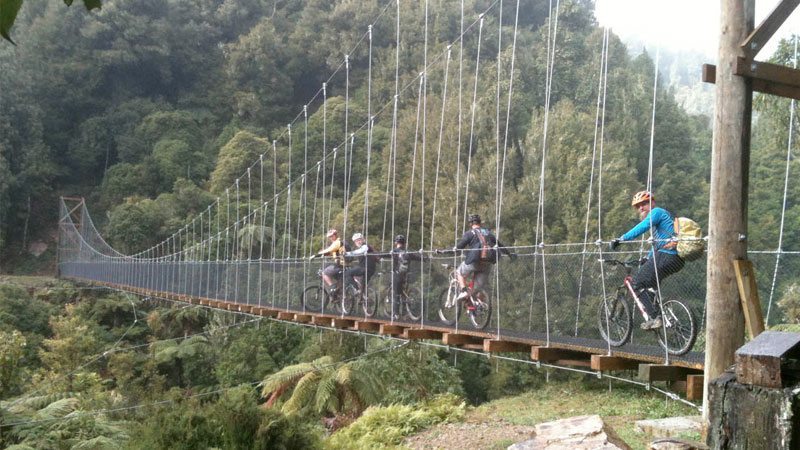
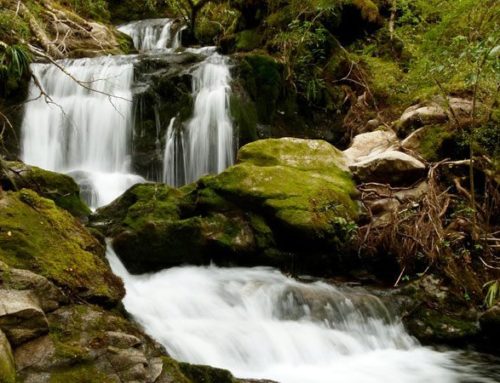
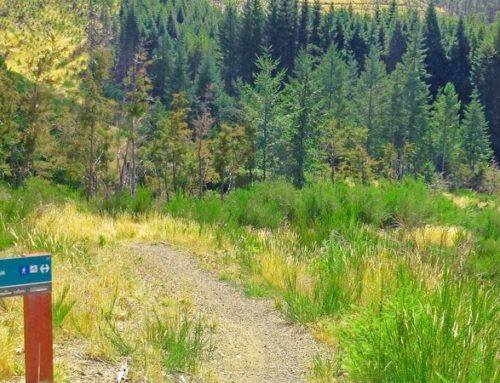
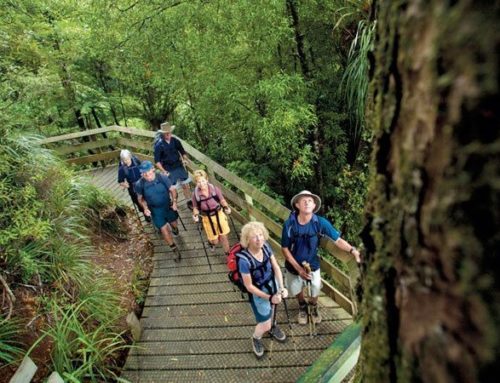
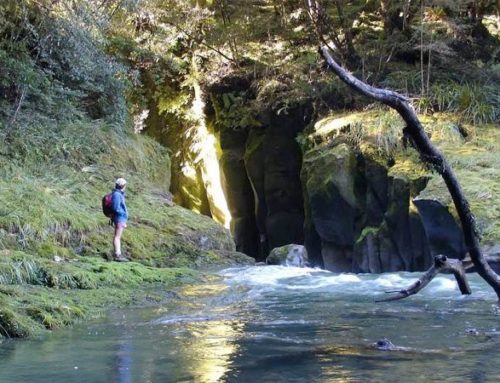
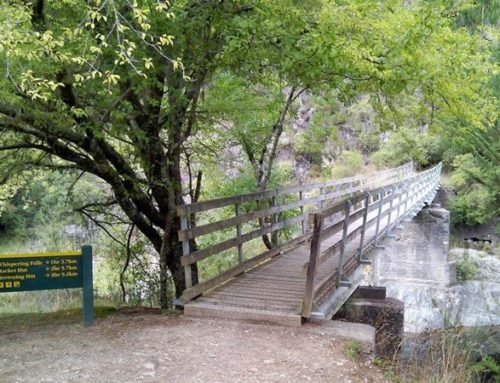
Leave A Comment